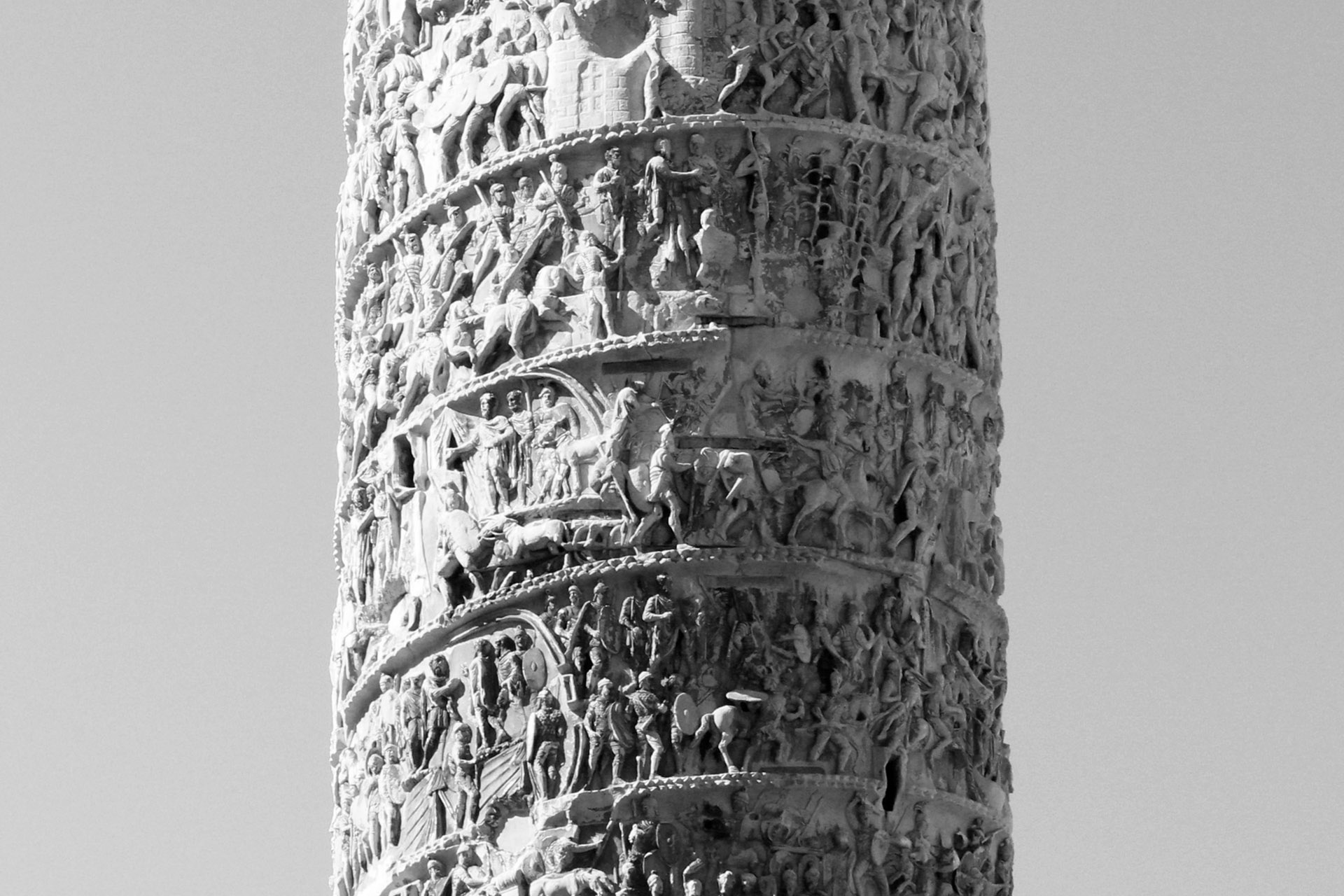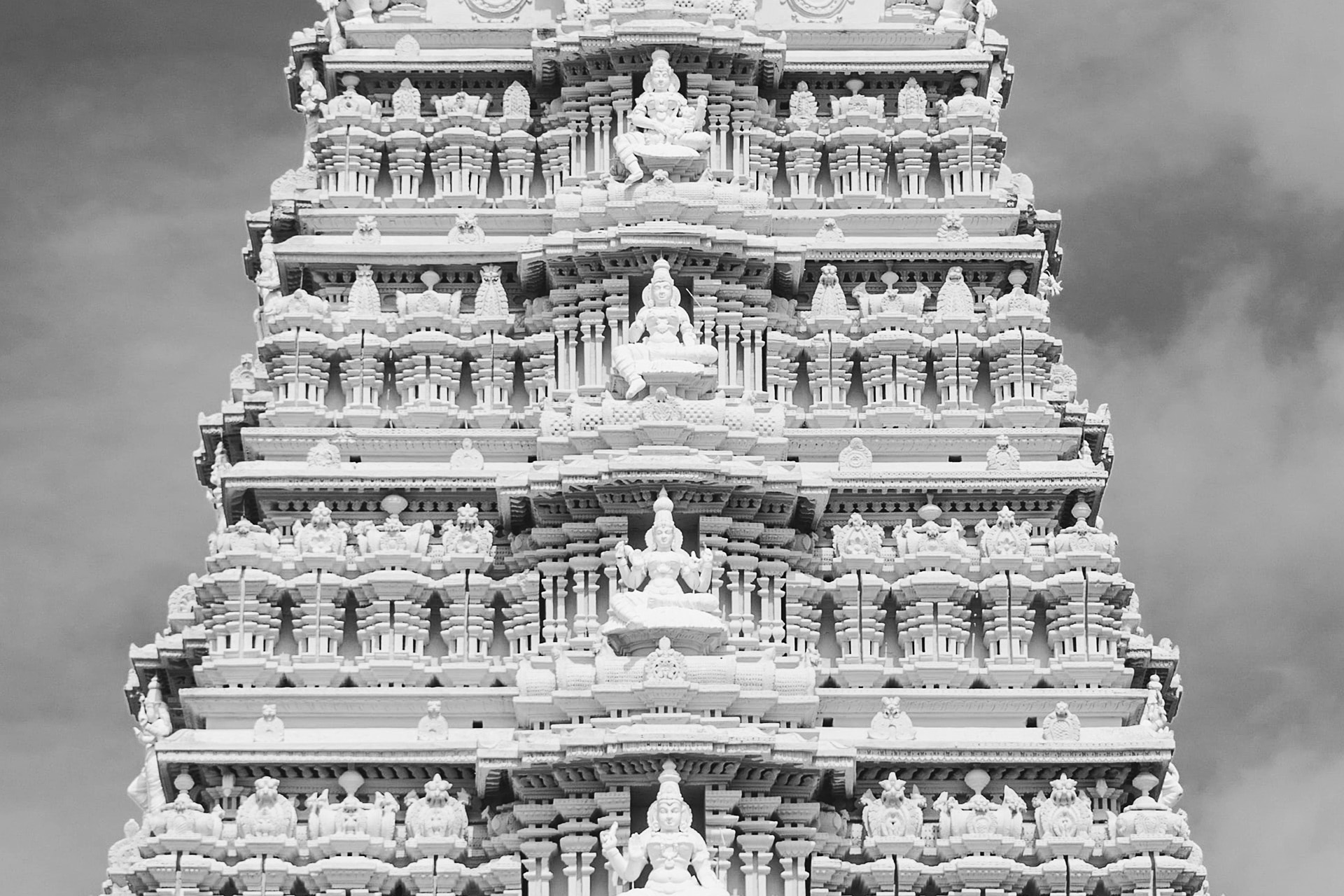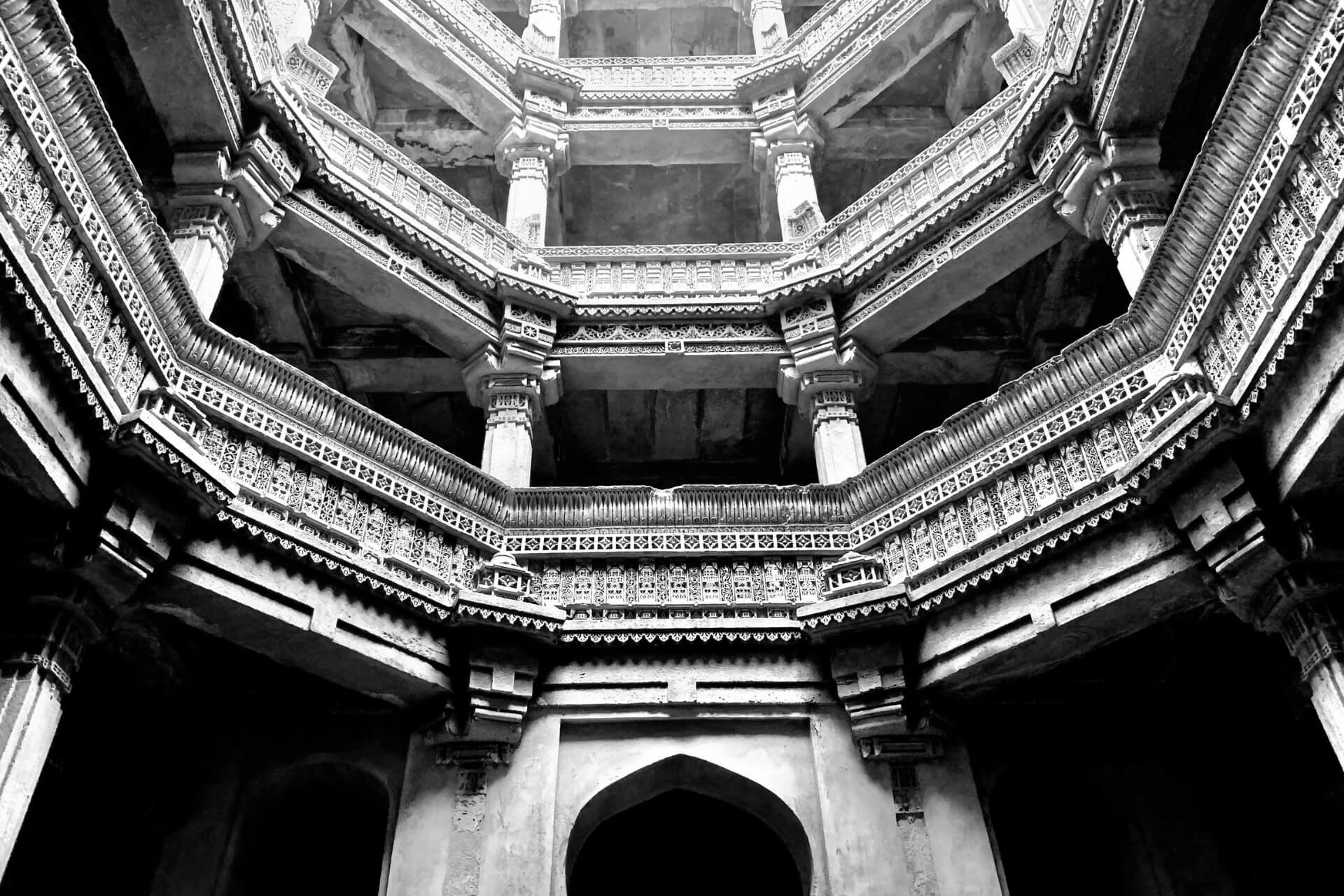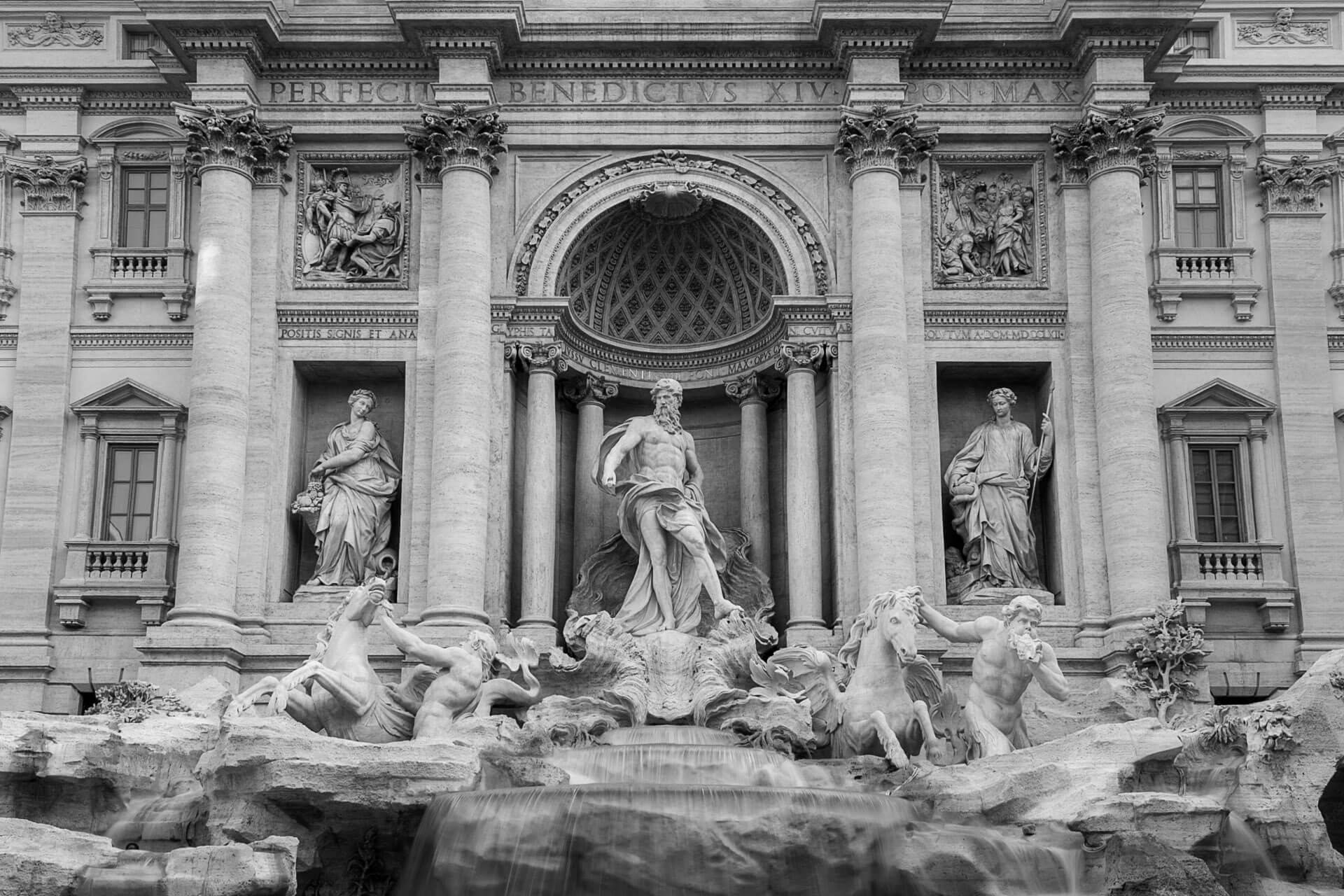The genus — the Rod — initially has a place both in nature and society. The correct understanding of the word Rod leads to the correct understanding of the word “nature”, which in Russian means “Priroda” — something “pri Roda” i. e. “with Rod”. Nature is what accompanies Rod and stands under him, under his auspices. The word “folk” means “Na-rod” in Russian, which is “existing on the Rod” or “born of the Rod and Nature”.
Everything in the universe is fractal. The clan structure is also fractal to our human body and our personality inside. It is just as hierarchical and carries statuses in relations between four types of people: Mentor, Leader, Craftsman and Businessman. In the same way, our personality inside the body carries four centres: Mind, Selfhood, Body and Property, respectively.
Each of the statuses of the clan structure represents the value forming the foundation of Heritage of the respective level:
- The concept, as a value, is formulated by a Mentor, he also determines the predestination (status) of an individual in relations with others.
- The relationships are formed both by a Mentor and a Leader.
- The goal is set by a Leader, who also develops a strategy to achieve it.
- The product is created by a Craftsman.
- The service is provided by both a Craftsman and a Businessman.
- Goods are traded by a Businessman.
The Mentor and the Leader can represent and build the ancestral Heritage (eternal), the Leader and the Craftsman — the natural (real), the Craftsman and the Businessman — the social (changeable) one.
Due to modern trends, most of the people in the society are confined within the narrow framework of the Businessman role, with the only opportunity available to form the social Heritage.
Only by building a structure of people after obtaining knowledge from a Mentor, we get the opportunity to discover the full range of the development of the human soul and participate in the formation of all types of Heritage.
Building and developing the clan structure is a long-term mission. Like a tree, such a structure goes through four stages of growth: seed, sprout, young plant, and mature tree.
The clan structure at the seed stage is just one person who has not been awakened yet and has not dedicated the rest of his life to the genus.
In order to become a sprout, the spirit of an individual must awaken and receive initiation from someone who has already been ignited by the idea of the Heritage and to whom the initiated will show trust and loyalty to. Taking a strong position in his natural circle of people, he begins to produce his own product and accumulates land and means of production.
The clan structure at the young tree stage is complete, but still feeble. At this stage, the aides of its leader start to getting their own helpers. This way a hierarchical structure begins.
The clan structure at the stage of the mature tree is so strong that it includes not only its own manufacturing, but also educational programs for the full education and training of people who join the clan. The structure begins to reproduce itself in order to continue its genus.
Image by Gary Todd from Wikimedia Commons





